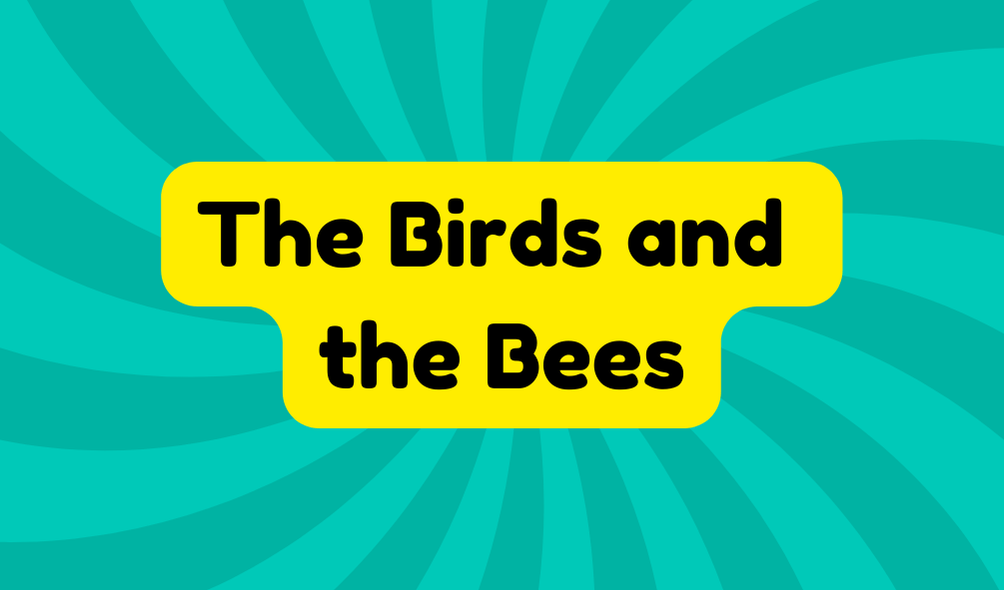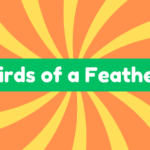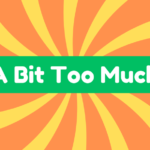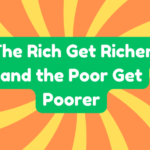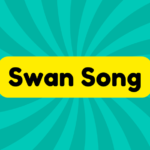The phrase “the birds and the bees” serves as a euphemism to discuss reproduction, often used by parents and educators. While it attempts to simplify complex topics, it can confuse children about basic biological concepts. This avoidance reflects societal reluctance to engage openly with the realities of human reproduction. Although society is moving towards direct discussions, euphemisms remain prevalent. Understanding these nuances can foster better communication about relationships and biology, encouraging a more informed perspective on the topic.
Synonyms
Synonyms for the phrase “the birds and the bees” illustrate how language can soften complex topics like reproduction. Such euphemistic expressions are often used in childhood education to navigate delicate discussions. However, reliance on these metaphors can obscure crucial realities. Parents may resort to phrases like:
- “Where do babies come from?”
- “The stork brings them.”
- “Growing in Mommy’s tummy.”
While creative, these terms can confuse children, who often grasp the basic facts of life sooner than adults assume. This dissonance highlights the need for more transparent dialogues about reproduction, fostering true understanding in young minds.
Example of Sentences
Examples of sentences showcasing the phrase “the birds and the bees” can reveal how language often attempts to simplify complex topics like reproduction. Such sentences, while seemingly innocent, can mask critical discussions necessary for children’s education and reproductive health. For instance:
- “They say the birds and the bees explain where babies come from.”
- “Parents often resort to the birds and the bees when addressing tough questions.”
- “Schools use the birds and the bees as a catchy way to initiate puberty talks.”
These phrases illustrate a systemic reluctance to engage with the stark realities of human reproduction, potentially leaving gaps in understanding.
Origin
The phrase “the birds and the bees” has an uncertain origin that reflects the complexities of language and societal attitudes towards discussing reproduction. Its phrase evolution suggests influences from literature and music, emphasizing its cultural significance. Below is a summary of notable references:
| Year | Reference |
|---|---|
| 1825 | Coleridge’s poem “Work without Hope” |
| 1875 | Burroughs’ educational collection |
| 1928 | Cole Porter’s song “Let’s Do It” |
| 1929 | First notable newspaper context |
| 1970s | Broader societal acceptance of the phrase |
This highlights how language evolves within cultural contexts, often reflecting shifting societal norms.
Collocations
Collocations associated with the phrase “the birds and the bees” illustrate how language both reflects and shapes societal attitudes toward sensitive topics like reproduction. Such phrases usage reveals a preference for euphemism, often masking deeper discussions. For instance, consider:
- “The stork brings them,” fostering innocence in children.
- “Love is in the air,” connecting emotions to nature.
- “The circle of life,” hinting at biological processes.
These collocations demonstrate a cultural tendency to soften reality. They create a barrier to honest communication about reproduction, ultimately challenging growth in thorough sexual education, and highlight the necessity for transparent dialogue.
How to Use in Everyday Language
Many families navigate conversations about reproduction with the phrase “the birds and the bees,” using it as a go-to explanation for children. This idiomatic expression can simplify complex parenting conversations, making them more palatable for young minds. However, relying on such euphemisms may inadvertently obscure essential aspects of sexual education. Parents are encouraged to blend natural metaphors with straightforward dialogue, ensuring children grasp the realities of reproduction. As societal norms evolve, fostering open discussions around these topics can replace outdated phrases, empowering children with accurate knowledge and fostering a healthier understanding of human relationships and biology.
Why Is It Still Relevant Today?
How can a phrase originally intended to simplify discussions of reproduction still hold significance in today’s society? The phrase “the birds and the bees” maintains its importance today as a tool for easing the initiation of conversations about sex in modern education. While society has advanced towards more direct discussions, many still turn to this euphemism, highlighting its lingering relevance. This approach caters to cultural sensitivities, especially among younger generations. However, reliance on such phrases may also reflect an ongoing hesitance to address important topics head-on, urging educators and parents to seek innovative strategies that foster open, honest communication about human reproduction and relationships.

